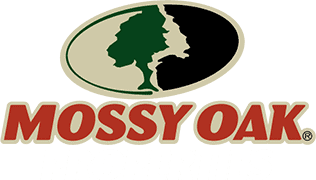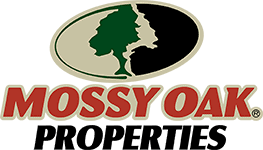Regions
Michigan’s two main land regions are the Superior Upland and the Great Lakes Plains.
Agriculture
Agriculture continues to be an important industry for the Wolverine State, generating about $104.7 billion in annual revenues. There are approximately 47,600 farms in the state, covering 10 million acres. The average size farm comprises 211 acres. Agriculture makes a significant contribution to all 83 counties.
Michigan’s top commodities are apples, dairy products (specifically milk), soybeans, corn, and potatoes. Michigan is also a national leader in the production of asparagus, black beans, cucumbers, and squash. Most of the cropland is found in the southern half of the lower peninsula region of the state.
Wildlife
Michigan wildlife is abundant on both land and water. Elk, moose, bear, white-tailed deer, cougar, wild turkey, and lynx are found throughout the state. With the largest state park and state forest system of the nation, Michigan is committed to conserving its land, waters, and wildlife habitats.
The most popular fish found in the Great Lakes are yellow perch and walleye. Additional cold-water and warm-water fishing opportunities include largemouth bass, smallmouth bass, sunfish, crappie, rock bass, lake trout, and salmon.
Major Rivers and Lakes
Michigan’s main rivers include the Grand River, Muskegon River, and St. Joseph River. Their main tributaries include the Portage River, Red Cedar River, Hersey River, Coldwater River, and Nottawa River.
Lake Michigan-Huron, the largest lake in Michigan, is located on the Saint Clair River. The surface area of this lake is approximately 28.9 million acres (45,300 square miles). Other large lakes include Lake Superior and Lake Erie which exceed 26.6 million surface area acres.
State and National Parks
Michigan has 101 state parks and 7 national parks.
National Parks:
| State Summary | |
| Nickname | Wolverine State |
| Neighboring States | Wisconsin, Indiana, and Ohio |
| Regions | Superior Upland and Great Lakes Plains |
| State Flower | Apple Blossom |
| State Bird | American Robin |
| Big Game | Bear, deer, and elk |
| Small Game | Turkey, waterfowl, and trapping/fur harvesting/td> |
| Freshwater Fish | Lake trout, brown trout, walleye, salmon, steelhead, and bass |
| Saltwater Fish | N/A |
| Hunting Information | https://www.michigan.gov/dnr/things-to-do/hunting |
| Total Acreage | 61.8 million acres/td> |
| Total Public Land Acreage | 4.6 million acres |
| Average Annual Rainfall | 38 inches |
| Farmland by Acreage | 10 million acres |
| Woodlands by Acreage | 19.3 million acres |
| Coastline | N/A |
| Conservation Program | https://www.nrcs.usda.gov/wps/portal/nrcs/mi/programs/ |
| Primary Crops | Apples and Corn |
| Main Rivers | Grand River, Muskegon River, and St. Joseph River |
| Largest Lake | Lake Michigan-Huron |
| Other Lakes | Lake Superior, Lake Erie, and Lake Saint Clair |
| Other Tributaries | Portage River, Red Cedar River, Hersey River, Coldwater River, and Nottawa River |
Our Rural Real Estate Offices
Mossy Oak Properties Michigan began with the goal of becoming a trusted resource for folks looking to buy or sell rural land for sale in Michigan. Our land brokers and agents understand what people are looking for in rural property because we share the same lifestyle and love for the land as you do. We understand the importance of honor and integrity and that buying or selling land is an emotional and life-changing experience for consumers.
Only Mossy Oak Properties Michigan can provide the powerful combination of brand strength, local expertise, quality service, and national exposure. Whether you want to buy or sell rural real estate, a Mossy Oak Properties land specialist is a must-have on your team.







































































































































































































































